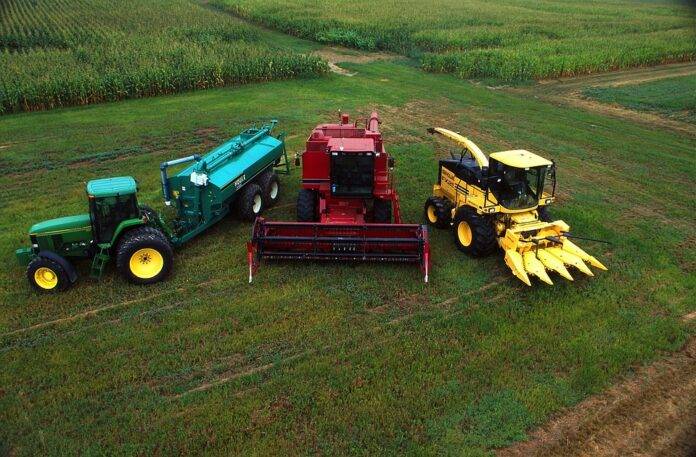Cost Analysis and Operational Efficiency of Forage Harvesting Systems
Forage harvesting systems play a crucial role in the agricultural industry, allowing farmers to efficiently collect and process feed for their livestock. In this report, we will delve into the cost analysis and operational efficiency of forage harvesting systems, exploring how these factors impact the bottom line for farmers and agricultural businesses.
Cost Analysis of Forage Harvesting Systems
When considering the cost of forage harvesting systems, there are several key factors to take into account. These include the initial purchase price of the equipment, ongoing maintenance and repair costs, fuel expenses, labor costs, and depreciation.
The initial purchase price of forage harvesting equipment can vary significantly depending on the type and size of the machinery. For example, a self-propelled forage harvester can cost anywhere from $100,000 to $500,000, while a smaller pull-behind forage harvester may be priced between $30,000 to $100,000.
Ongoing maintenance and repair costs are another important consideration when analyzing the overall cost of forage harvesting systems. Regular maintenance is essential to keep the equipment running smoothly and prevent costly breakdowns. On average, farmers can expect to spend around 5-10% of the initial purchase price of the equipment on annual maintenance and repairs.
Fuel expenses also constitute a significant portion of the cost of operating a forage harvesting system. The fuel consumption of forage harvesters can vary depending on factors such as the size of the machinery, the type of crop being harvested, and the operating conditions. On average, fuel costs can range from $20 to $50 per hour of operation.
Labor costs are another factor to consider when analyzing the cost of forage harvesting systems. The labor required to operate and maintain the equipment can add up quickly, especially during peak harvesting seasons. Farmers may need to hire additional workers or invest in training existing employees to operate the machinery effectively.
Depreciation is also a key cost factor to take into consideration when evaluating the overall cost of forage harvesting systems. Over time, the value of the equipment will decrease as it undergoes wear and tear from regular use. Farmers must account for depreciation expenses when calculating the total cost of ownership of the machinery.
Operational Efficiency of Forage Harvesting Systems
Operational efficiency is crucial for maximizing the productivity and profitability of forage harvesting systems. By streamlining operations and reducing waste, farmers can increase their output while minimizing costs.
One key aspect of operational efficiency is the speed and capacity of the forage harvesting equipment. Modern forage harvesters are designed to work quickly and efficiently, allowing farmers to harvest large quantities of feed in a short amount of time. Higher capacity machines can process more feed per hour, increasing overall efficiency.
Another factor that impacts the operational efficiency of forage harvesting systems is the quality of the harvested feed. Ensuring that the equipment is properly calibrated and maintained can help farmers produce high-quality feed that meets the nutritional needs of their livestock. This can lead to improved animal health and performance, ultimately increasing the profitability of the operation.
Efficient forage harvesting systems also help farmers reduce waste and minimize losses during the harvesting process. By optimizing cutting height, adjusting equipment settings, and monitoring crop conditions, farmers can minimize the amount of feed that is left in the field or damaged during harvesting. This can result in cost savings and higher overall yields.
In conclusion, the cost analysis and operational efficiency of forage harvesting systems are critical considerations for farmers and agricultural businesses. By carefully evaluating the costs associated with equipment purchase, maintenance, fuel, labor, and depreciation, farmers can make informed decisions about their operations. Additionally, focusing on operational efficiency by maximizing speed and capacity, producing high-quality feed, and reducing waste can help farmers improve productivity and profitability in their forage harvesting operations.




